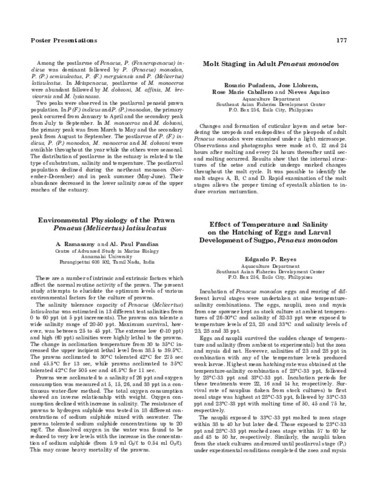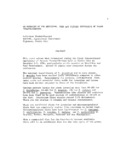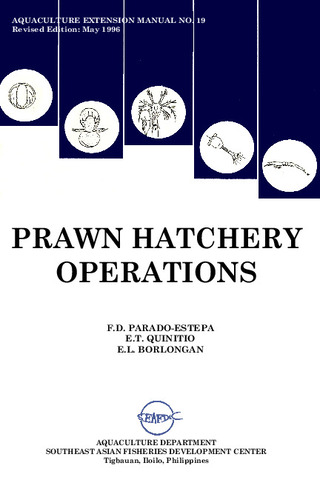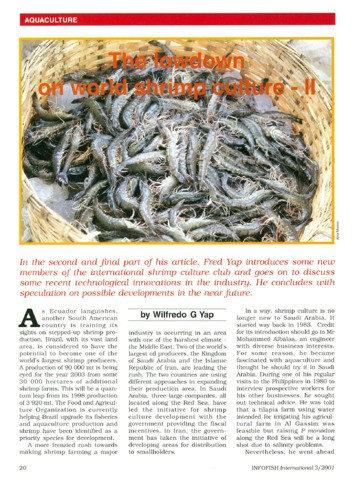Molt staging in adult Penaeus monodon
Share
Abstract
Changes and formation of cuticular layers and setae bordering the uropods and endopodites of the pleopods of adult Penaeus monodon were examined under a light microscope. Observations and photographs were made at 0, 12 and 24 hours after molting and every 24 hours thereafter until second molting occurred. Results show that the internal structures of the setae and cuticle undergo marked changes throughout the molt cycle. It was possible to identify the molt stages A, B, C and D. Rapid examination of the molt stages allows the proper timing of eyestalk ablation to induce ovarian maturation.
Description
Abstract only.
Suggested Citation
Pudadera, R., Llobrera, J., Caballero, R. M., & Aquino, N. (1985). Molt staging in adult Penaeus monodon. (Abstract only). In Taki Y., Primavera J.H. and Llobrera J.A. (Eds.). Proceedings of the First International Conference on the Culture of Penaeid Prawns/Shrimps, 4-7 December 1984, Iloilo City, Philippines (p. 177). Iloilo City, Philippines: Aquaculture Department, Southeast Asian Fisheries Development Center.
Subject
Taxonomic term
Related items
Showing items related by title, author, creator and subject.
-
An overview of the nutrition, feed and feeding techniques of prawn penaeid/shrimps
Piedad-Pascual, Felicitas (Philippine Council for Aquatic and Marine Research and Development, 1989)This paper echoes what transpired during the first International Conference of Penaeid Prawns/Shrimps held in Iloilo City in December 4-7, 1984, particularly on the Nutrition nd Feed Development. Around 25 papers were ... -
Prawn hatchery operations
Parado-Estepa, Fe D.; Quinitio, Emilia T.; Borlongan, Emeterio L. (Aquaculture Department, Southeast Asian Fisheries Development Center, 1996-05)The manual, an updated version of the 1984 SEAFDEC/AQD manual, presents the underlying principles and step-by-step instructions of prawn larval and post-larval rearing. The techniques described are not only applicable to ... -
The lowdown on world shrimp culture - II
Yap, Wilfredo G. (INFOFISH, 2001)This paper introduces some new members of the international shrimp culture club and goes on to discuss some recent technological innovations in the industry, particularly the polyculture of tilapia (mainly Oreochromis ...





